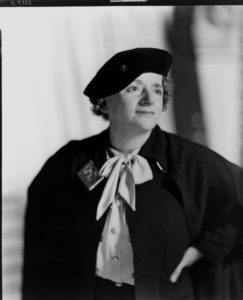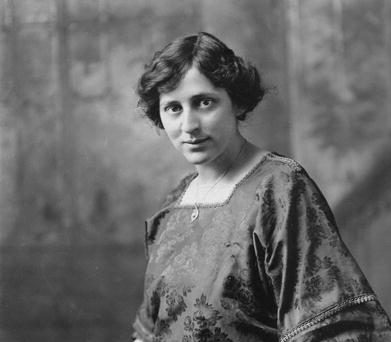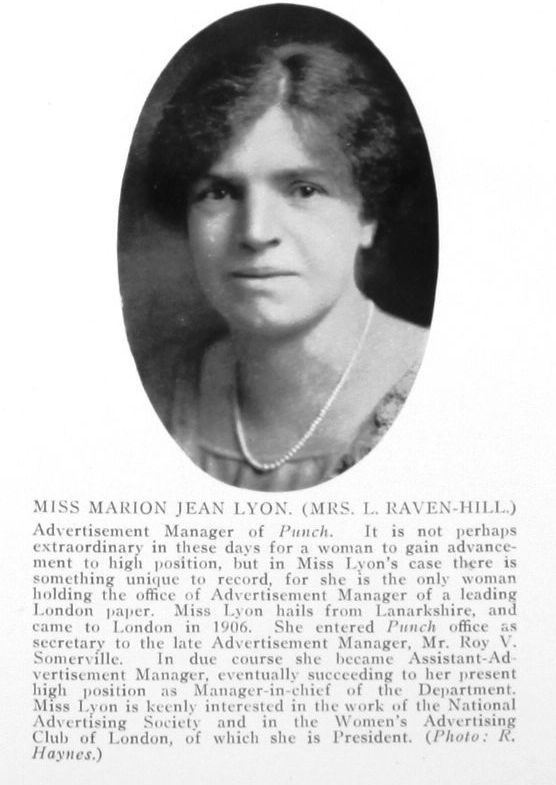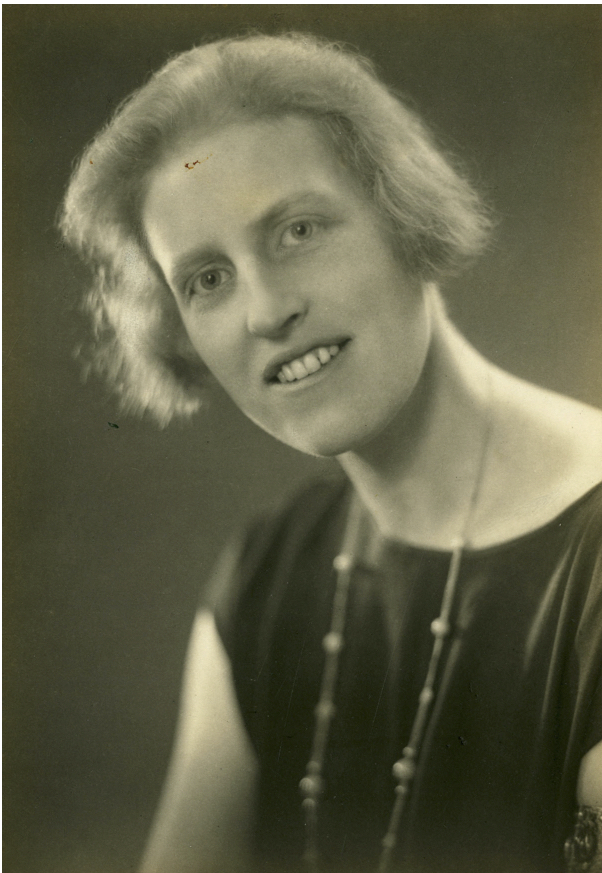
NPG x14688. Copyright National Portrait Gallery, London.
Nicknamed ‘Red Ellen’ for the colour of her hair and her socialism, Ellen Cicely Wilkinson was one of Time and Tide’s more radical contributors. The first woman to become a Labour MP and the second to serve as a cabinet minister, she connected the magazine to left-wing politics, and was a close advisor of its founder, Lady Rhondda.
Wilkinson was born in October 1891 in Manchester, to Ellen and her husband Richard, a cotton worker who would later become an insurance agent. She was educated at Ardwick higher elementary school, Stretford Road secondary school, and, thanks to a bursary, the pupil teachers’ centre in Manchester; in 1910, she won the Jones history entrance scholarship to Manchester University. Whilst working towards her upper second-class degree in history, she discovered Marxism, joined the socialist Fabian society and the Independent Labour Party, and gained experience of public speaking at the university’s debating society.
Wilkinson dedicated her life to radical left-wing politics. After leaving university, she became active in the National Union of Women’s Suffrage Societies, the Amalgamated Union of Co-operative Employees, and the Women’s International League for Peace and Freedom. She was a founder member of the Communist Party in 1920, but resigned in 1924, the year in which she became Labour’s first female Member of Parliament, for Middlesbrough East. When elected, she lacked the household qualification that would have allowed her to vote, and she championed women’s causes, including the campaign for equal franchise. Wilkinson lost her seat in 1931, but was re-elected in 1935, as Labour MP for Jarrow. The following year, she helped to organise the Jarrow March, in which 200 of the town’s citizens marched to London in protest against the unemployment and poverty that followed the closure of its shipyard. Under Herbert Morrison, who was Minister for Home Security in the wartime coalition government, she was responsible for air raid shelters, and she served as Minister for Education in Clement Attlee’s post-war cabinet. She remained MP for Jarrow until her death.
Alongside her political career, Wilkinson was an accomplished writer. Her first book, Clash, was published in 1929: a semi-autobiographical novel set during the General Strike of 1926, it features a character based on Time and Tide’s founder Lady Rhondda, to whom Wilkinson was close. Other works include Peeps at Politicians, a collection of parliamentary sketches (1930), and Division Bell Mystery, a detective story (1932). Published in 1939, The Town that was Murdered brought the situation in Jarrow to the attention of the reading public. Between the 1931 and 1935 general elections Wilkinson earned her living partly through journalism, contributing to papers including the Daily Herald, the Daily Mirror, and the Daily Express. Her 1934 report The Condition of India, written after a visit to that country, expresses her anti-imperialist views, and her 1933 pamphlet The Terror in Germany offers early accounts of Nazi violence.
‘Time and Tide tells us what women think and not what they wear’ wrote Wilkinson in a testimonial for the magazine. Reproduced in an internal advertisement printed in 1926, her words encapsulate the publication’s commitment to engaging a cultured, educated female readership with intellectual concerns, rather than with matters of personal appearance, the main focus of other sections of the women’s press. Wilkinson published her first signed Time and Tide review in December 1930, and contributed numerous features throughout this decade. She wrote for ‘Notes on the Way’, and from 1937 was one of the ‘Four Winds’ behind a new feature the ‘Time and Tide Diary’ (her signature, ‘East Wind’, being a play on her initials) – a light-hearted column that shared news, comment, social gossip, and humorous stories. Wilkinson was a frequent guest of Rhondda and Theodora Bosanquet, at Churt Halewell, Rhondda’s house in Surrey, and in wartime London, where they were close neighbours. Via Wilkinson and Herbert Morrison, with whom Wilkinson may have been having an affair, Rhondda gained access to parliamentary networks and information, which informed her political writing in Time and Tide. After the war, when Wilkinson entered Attlee’s cabinet, political differences between herself and Rhondda deepened, and their relationship cooled. They remained friends, however, until 1947, when Wilkinson died from an overdose of medication for bronchial asthma.
Dr Eleanor Reed
Sources:
Clay, Catherine. Time and Tide: The Feminist and Cultural Politics of a Modern Magazine. Edinburgh: Edinburgh University Press, Ltd, 2019 (2018)
John, Angela V. Turning the Tide: The Life of Lady Rhondda. Cardigan: Parthian, 2013


